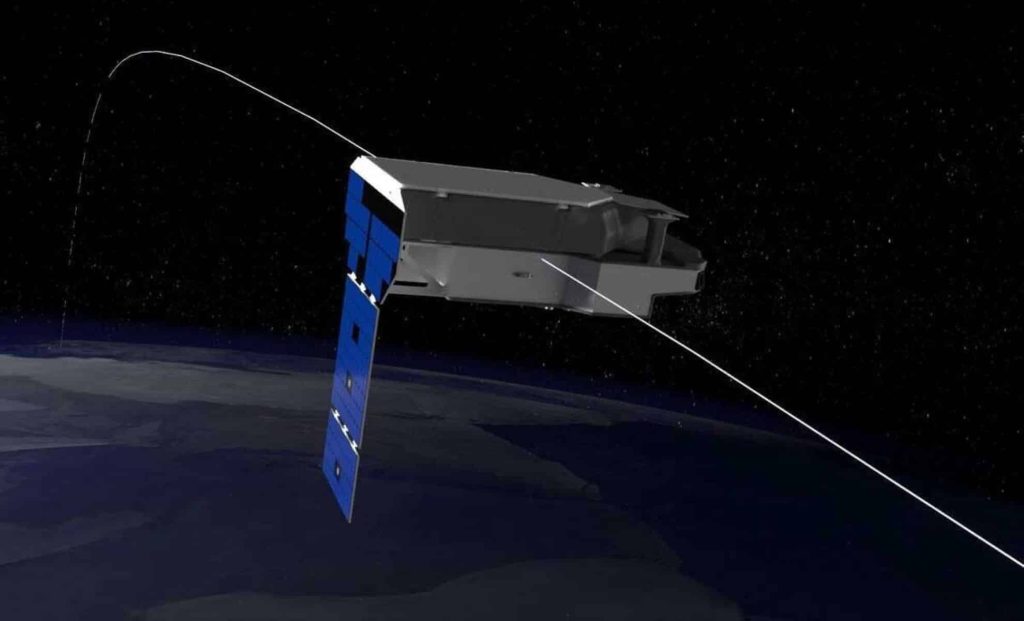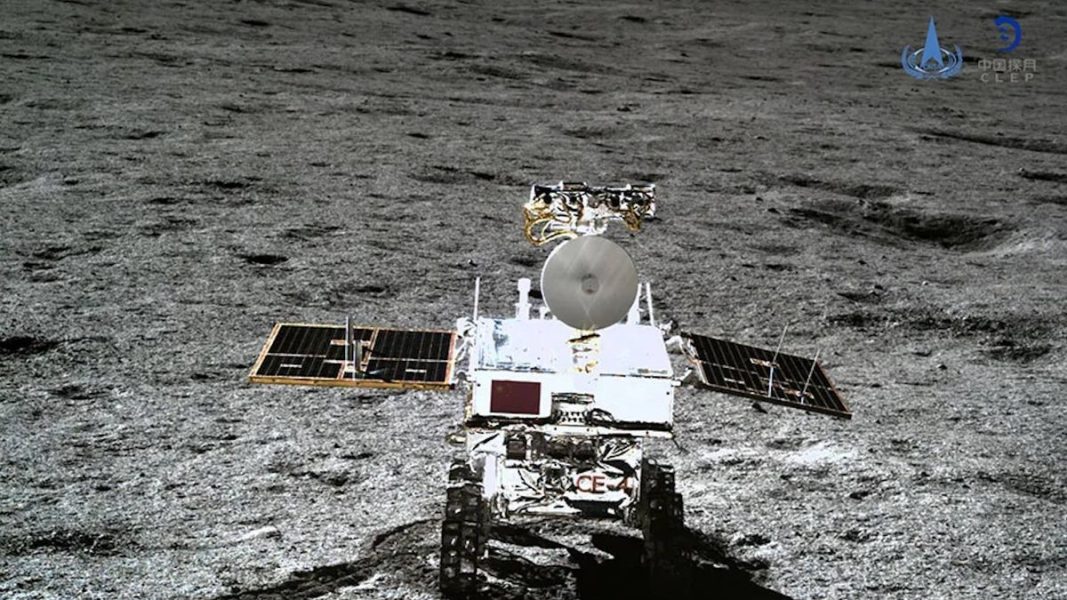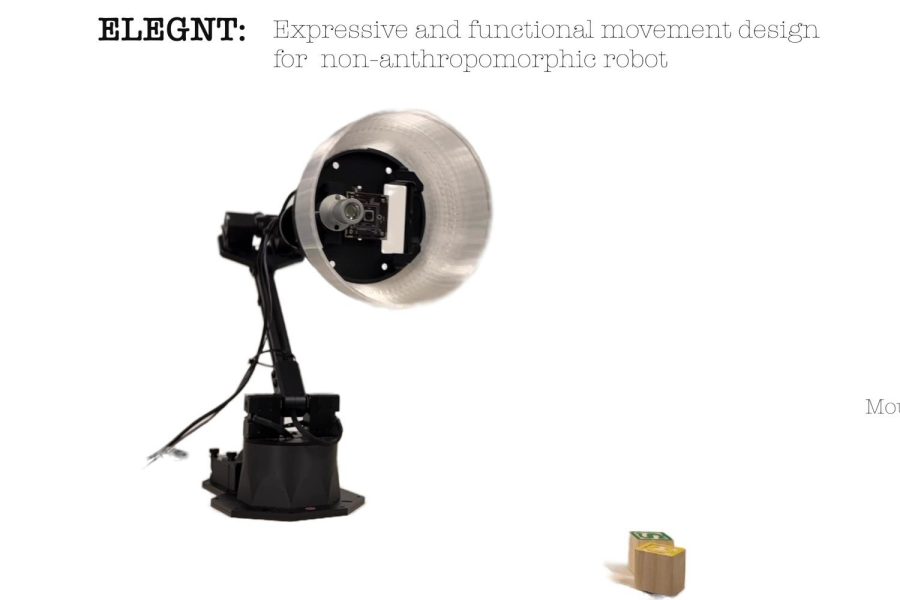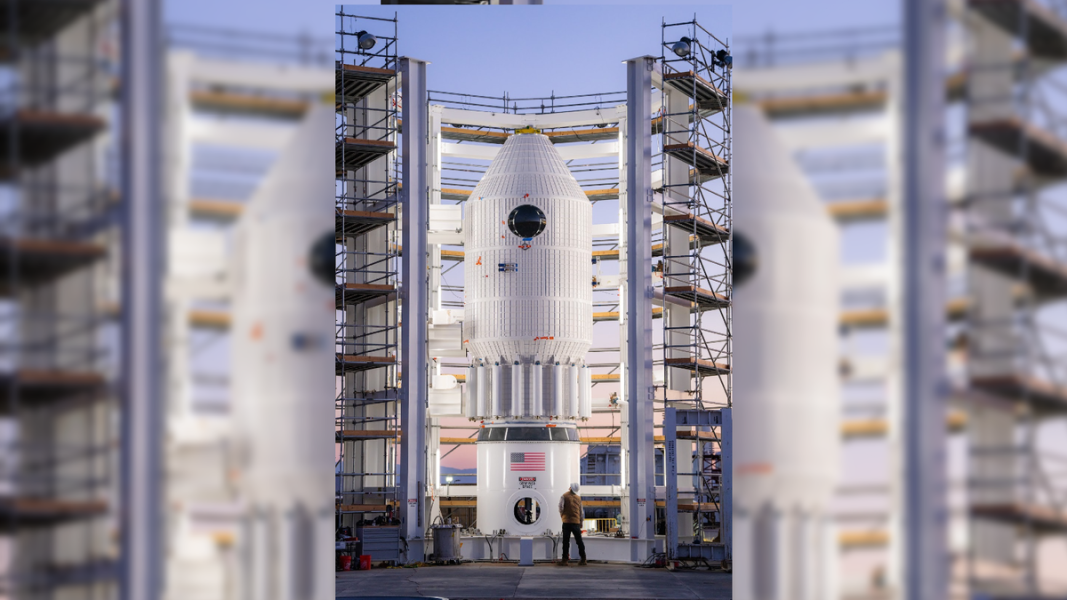NASA’s PUNCH Mission Will Capture the Solar Wind in 3D—And It Could Change Space Weather Forever – The Daily Galaxy –Great Discoveries Channel

NASA’s PUNCH mission is set to revolutionize our understanding of the solar wind by capturing it in 3D for the first time. Using a network of four satellites, PUNCH will track how the Sun’s corona extends into space, providing critical insights into solar storms, space weather, and the forces shaping the heliosphere. But that’s not all—this mission will also contribute to groundbreaking astronomy by creating the world’s most comprehensive polarimetric star map, covering over three-quarters of the visible sky. How will this change our ability to predict solar activity and understand the universe beyond? Keep reading to uncover the full story.NASA is preparing to launch PUNCH (Polarimeter to Unify the Corona and Heliosphere), a groundbreaking mission that will use four satellites to study the solar wind in 3D. The mission, set to launch on February 27 aboard a SpaceX Falcon 9 rocket, aims to connect two major fields of heliophysics—solar physics and solar wind physics—to better understand how the Sun’s corona transforms into the solar wind.PUNCH will work in tandem with NASA’s Parker Solar Probe, which has been venturing dangerously close to the Sun’s corona. Together, these missions will track solar activity across a billion-fold range of scales, from individual particles to large-scale solar storms. Scientists hope that this mission will provide crucial insights into how the Sun’s influence extends throughout the solar system, potentially improving space weather forecasting and even leading to unexpected astronomical discoveries.Unlike traditional solar observatories, PUNCH is designed as a constellation of four satellites, each positioned in low Earth orbit to create a continuous, high-definition 3D map of the heliosphere. The heliosphere is the vast bubble-like region around the Sun that extends beyond the solar system, formed by solar wind particles interacting with interstellar space.By using a technique called polarimetry, PUNCH will be able to measure the scattered sunlight from solar wind particles and determine their location in 3D space. This is a major leap forward from previous missions that could only observe the Sun in 2D projections.Craig DeForest, PUNCH’s principal investigator, explained: “PUNCH is the first mission specifically designed to unify two particular major fields within heliophysics: solar physics and solar wind physics.” The team hopes to answer a key mystery—how exactly does the corona give rise to the solar wind?One of the most exciting aspects of PUNCH is its ability to create an artificial solar eclipse, allowing scientists to continuously observe the Sun’s corona—the bright halo seen during natural eclipses. Unlike a fleeting total solar eclipse that lasts only a few minutes, PUNCH’s design will allow for continuous high-definition imaging of the corona as it extends into space.Nicholeen Viall, a PUNCH mission scientist at NASA’s Goddard Space Flight Center, emphasized the advantage of this artificial eclipse: “PUNCH is going to see a total solar eclipse all the time, and in high definition. Instead of just a few minutes, we’ll be able to watch how the corona behaves continuously.”This will allow scientists to track solar storms in real-time, improving our ability to predict space weather events that can impact satellites, astronauts, and power grids on Earth.PUNCH could revolutionize space weather prediction by providing the first-ever continuous 3D observations of the solar wind. This data is essential for understanding solar storms, which can cause disruptions in Earth’s magnetic field, damage satellites, and pose risks to astronauts.Craig DeForest explained: “We expect that we will revolutionize how space weather is forecasted. We are the first mission to be able to track space weather events in three dimensions routinely across the solar system.”In addition to studying the solar wind, PUNCH will also create the most comprehensive polarimetric star map of the visible sky, contributing valuable data for astronomers studying stars and deep space objects.With PUNCH, NASA is taking a bold step toward unifying solar physics and space weather research. The mission will not only help us understand how the Sun shapes the space environment, but it could also lead to new breakthroughs in astrophysics and planetary science.“We will enable new astronomy by producing the world’s most comprehensive polarimetric star map of just over three quarters of the visible sky,” said Craig DeForest, PUNCH’s principal investigator at the Southwest Research Institute.By bridging the gap between what happens on the Sun’s surface and how it influences space weather, PUNCH will provide continuous, high-definition imaging of the solar wind, helping scientists predict solar storms and their potential impact on Earth, satellites, and astronauts in deep space.With the launch just weeks away, researchers are eagerly anticipating the first-ever real-time 3D look at the solar wind, unlocking secrets of the Sun that have remained hidden for centuries.Got a reaction? Share your thoughts in the commentsEnjoyed this article? Subscribe to our free newsletter for engaging stories, exclusive content, and the latest news.Comment Save my name, email, and website in this browser for the next time I comment.
© 2024 | Daily Galaxy | All rights reserved
Source: https://dailygalaxy.com/2025/02/nasas-punch-mission-capture-the-solar-wind/






